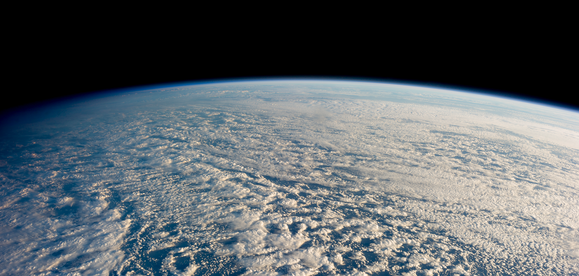UK SMC: Our colleagues at the Science Media Centre in London gathered expert reaction to new study modelling the effects of geoengineering as published in Environmental Research Letters.
Dr Matt Watson, Senior Lecturer in Natural Hazards at the University of Bristol, comments:
 “The paper draws two conclusions. Firstly, models that simply dim the Sun as an approximation for global cooling by aerosols do a poor job of capturing rainfall changes compared with those that model stratospheric aerosols explicitly. Secondly, that rainfall is strongly affected, particularly in the tropics.
“The paper draws two conclusions. Firstly, models that simply dim the Sun as an approximation for global cooling by aerosols do a poor job of capturing rainfall changes compared with those that model stratospheric aerosols explicitly. Secondly, that rainfall is strongly affected, particularly in the tropics.
“However, the authors chose an extreme climate scenario (4x CO2) so we should not be surprised if that, and any geoengineering attempt to counter it (also extreme, requiring 100 million tonnes of SO2 per year), had severe and uneven impacts.
“I found the press release particularly unhelpful. Exploratory science is rarely as definitive as this. To state that Solar Radiation Management (SRM) won’t work based upon one extreme scenario smacks of hype rather than a serious discussion. I know of no serious scientist who would advocate introducing 100 megatonnes of sulphur dioxide in a four degree warmer world.
“This new research will doubtless be seized upon by those opposing geoengineering research and rebutted by those that support it, in an unhelpful, adversarial tit-for-tat. A more realistic scenario might have been to try with 2x CO2 or a specific IPCC projection, and possibly simply stabilize (rather than attempt to return to pre-industrial) temperatures. That would probably produce less dire predictions.
“It remains the case that our only guaranteed way forward is to reduce the record levels of greenhouse gases we continue to pump into the atmosphere. It’s vital that scientists continue researching geoengineering; but no government serious about climate change should see it as a quick fix.”
Prof Piers Forster, Professor of Climate Change at the University of Leeds, comments:
“In climate model simulations, aerosol injection into the stratosphere has been shown to temporarily suppress CO2-driven temperature change but also altering rainfall patterns – a so-called side effect.
“This paper comes up with another possible side effect of injecting aerosol into the stratosphere. Earlier work has found that injection can affect the location of tropical rainfall. This work hints at a more general suppression of tropical rainfall.
“At present these injection technologies do not exist, even on paper, and this precludes an evaluation of realistic effectiveness or side effects. If we want to suppress global warming the only game in town at present is reducing greenhouse gas emissions.”
* ‘Weakened tropical circulation and precipitation in responses to geoengineering’ by A J Ferraro et al. will be published in Environmental Research Letters at 00.01 UK time on Wednesday 8 January 2014, which is also when the embargo will lift.